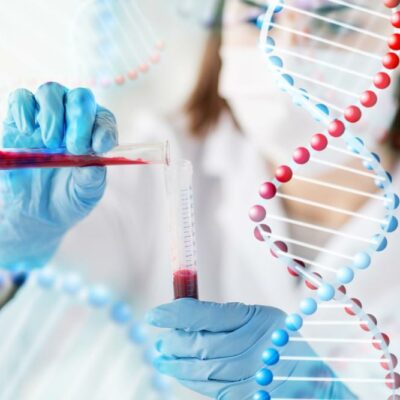
Health
A Brief Overview of Iron Injections
A balanced diet fulfills our body’s requirements of various nutrients, such as protein and vitamins, and minerals, such as iron and calcium. However, due to lesser quantities of iron in the body, people can suffer from an iron deficiency. They would then require extra iron in the form of iron supplements and so on to meet the required limits. Extra iron can be taken in the form of tablets or sometimes even as iron injections. In the following, a brief overview of iron deficiency has been given and how iron injections can be beneficial to increase the quantity of iron in the body. What is iron deficiency? An adequate amount of iron in our body is important, as it helps produce two proteins (hemoglobin and myoglobin) that carry oxygen in the blood. When there is not enough iron in the body, the condition is termed as iron deficiency anemia. The condition is common; menstruating women, babies, toddlers, pregnant and lactating women, teenage girls, and female athletes are high-risk groups of developing this condition. Causes of iron deficiency include inadequate dietary intake, blood loss, increased need, exercise, and the inability to absorb iron. Signs and symptoms of iron deficiency include shortness of breath, unusual tiredness, paleness, heart palpitations, headaches and dizziness, swelling and soreness in tongue and mouth, restless legs, and dry and damaged hair and skin.
Read More 















